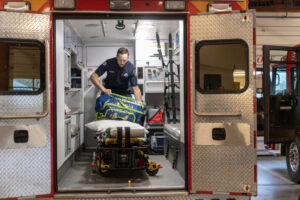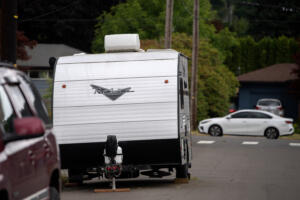Anyone who drives through Camas regularly knows it’s tough to overlook an upcoming election. The city’s busiest roadways and intersections are hot real estate for political signs, but a new proposal being considered by the Camas City Council could limit those signs to areas outside Camas’ traffic circles.
The proposal, which made its way from the Camas Planning Commission to the Council earlier this month, would prohibit temporary signs like those that pop up every election season from being sited in a traffic roundabout or within 150 feet of the roundabout.




